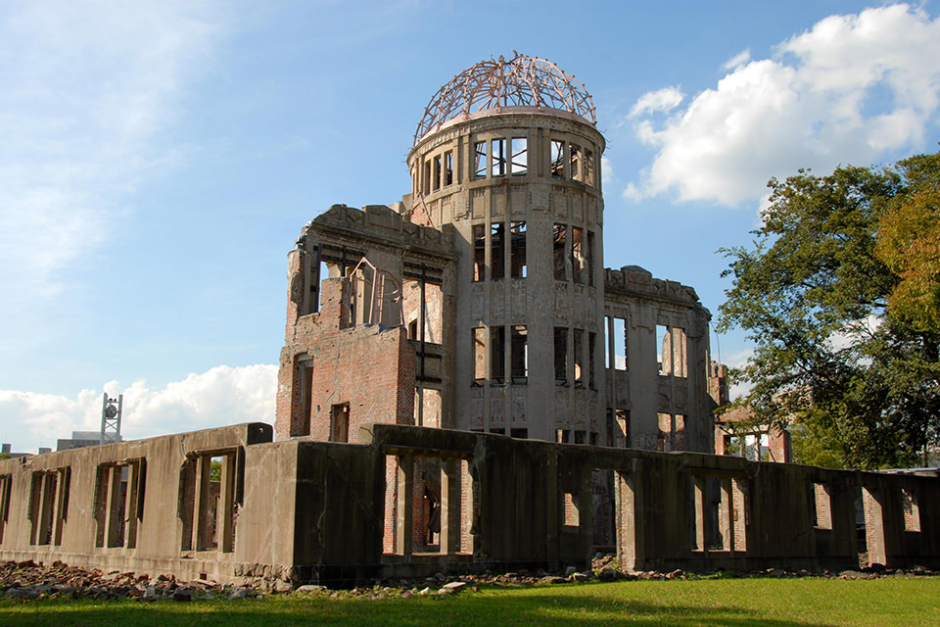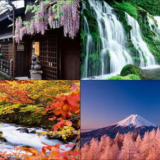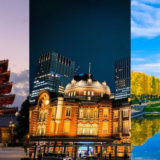Japan is home to numerous World Heritage sites brimming with rich history and culture.
This guide introduces a journey through Japan’s unmissable World Heritage sites.
Savor the charm of each location and rediscover the beauty of Japanese culture and nature.
目次
- 1. Mount Fuji (Shizuoka and Yamanashi Prefectures)
- 2. Himeji Castle (Hyogo Prefecture)
- 3. Yakushima (Kagoshima Prefecture)
- 4. Historic Monuments of Ancient Kyoto (Kyoto Prefecture)
- 5. Historic Villages of Shirakawa-go and Gokayama (Gifu and Toyama Prefectures)
- 6. Hiroshima Peace Memorial (Genbaku Dome) (Hiroshima Prefecture)
- 7. Shrines and Temples of Nikko (Tochigi Prefecture)
- 8. Iwami Ginzan Silver Mine (Shimane Prefecture)
- 9. Ogasawara Islands (Tokyo)
- 10. Hidden Christian Sites in the Nagasaki Region (Nagasaki and Kumamoto Prefectures)
- Conclusion
1. Mount Fuji (Shizuoka and Yamanashi Prefectures)

Mount Fuji is an iconic mountain representing Japan, registered as a World Cultural Heritage site in 2013 as “Mount Fuji: Object of Worship and Source of Art.” Its beautiful conical shape has long been loved by many and frequently depicted in paintings, literature, and poetry. It’s also a popular spot for climbing and hiking.
The view from the fifth station of Mount Fuji is breathtaking, offering a panoramic view of the Pacific Ocean and the Southern Alps on clear days. Historical spots along the climbing routes include Fujisan Hongu Sengen Taisha Shrine and the Yoshida Trail. Additionally, the Five Lakes of Mount Fuji (Lake Kawaguchi, Lake Sai, Lake Shoji, Lake Motosu, and Lake Yamanaka) at the base of the mountain are also noteworthy. The reflection of Mount Fuji on these lakes is a stunning sight, popular for photography.
2. Himeji Castle (Hyogo Prefecture)

Himeji Castle, also known as the “White Heron Castle” for its elegant white appearance resembling a heron taking flight, is one of Japan’s finest examples of castle architecture and was registered as a World Cultural Heritage site in 1993. Combining robust defensive functions and beautiful exterior, Himeji Castle epitomizes the pinnacle of Japanese architectural technology from the Sengoku to Edo periods.
The view from the castle keep is impressive, and you can sense the lifestyle and culture of the period while touring the castle interior. Particularly during the cherry blossom season, the contrast between the castle and the cherry blossoms is beautiful, attracting many tourists. Additionally, Koko-en Garden near the castle offers picturesque seasonal landscapes.
3. Yakushima (Kagoshima Prefecture)

Yakushima, registered as a World Natural Heritage site in 1993, is an island rich in nature, renowned for its ancient Yakusugi cedar trees that are thousands of years old. The island’s rich ecosystem and beautiful natural landscapes captivate many visitors.
Jomon Sugi, Yakushima’s most famous attraction, is worth visiting. The hiking routes allow you to walk through untouched nature. Other notable spots include Shiratani Unsuikyo Ravine and Oko-no-taki Waterfall. Spending time in Yakushima’s nature will refresh and soothe your soul.
4. Historic Monuments of Ancient Kyoto (Kyoto Prefecture)

Kyoto, a city steeped in traditional Japanese culture, was registered as a World Cultural Heritage site in 1994. With numerous temples, shrines, and gardens, Kyoto allows you to feel the history and culture of Japan.
Kinkaku-ji (Golden Pavilion) is known for its beautiful gold leaf-covered building, and its reflection in the pond is stunning. Ginkaku-ji (Silver Pavilion) offers a simple, serene beauty, and its garden is magnificent. The view from the stage of Kiyomizu-dera is spectacular, especially during the autumn foliage season. Fushimi Inari Taisha’s thousand torii gates create a mystical atmosphere and are popular for photos.
5. Historic Villages of Shirakawa-go and Gokayama (Gifu and Toyama Prefectures)
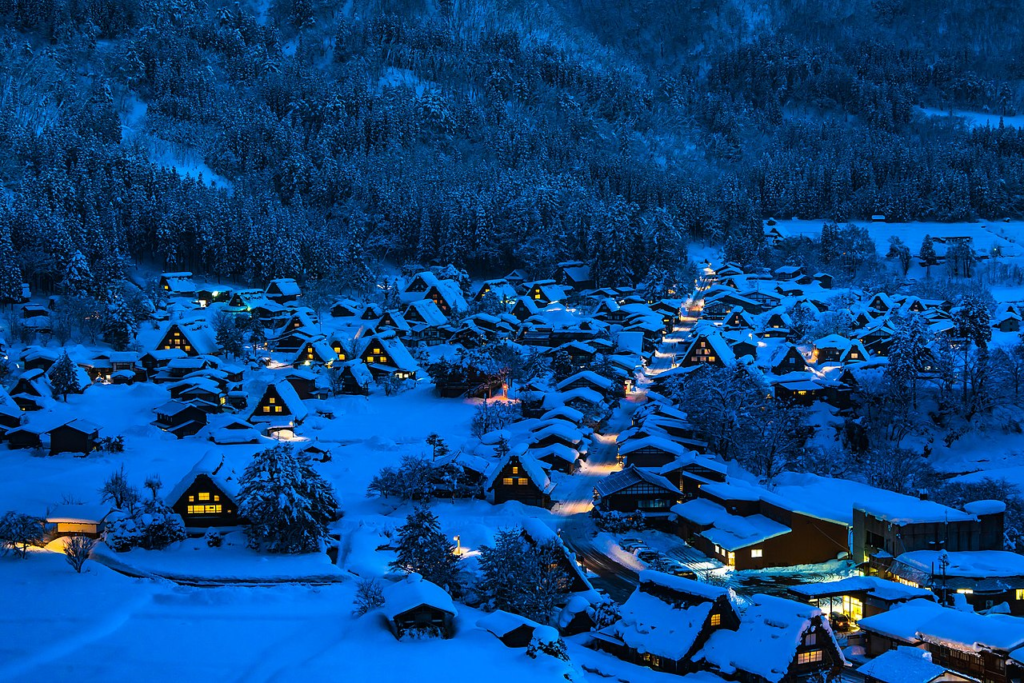
The Historic Villages of Shirakawa-go and Gokayama, registered as a World Cultural Heritage site in 1995, feature traditional gassho-zukuri farmhouses. These villages preserve traditional rural Japanese culture, and the steeply pitched thatched roofs are designed for heavy snowfall.
The Shirakawa-go village, nestled among beautiful mountains, creates a fairy-tale-like landscape, especially when covered in snow during winter. Lighting events further enhance this magical view. The Ainokura and Suganuma villages in Gokayama are also worth visiting. These villages offer a glimpse into traditional lifestyles and workshops on traditional crafts.
6. Hiroshima Peace Memorial (Genbaku Dome) (Hiroshima Prefecture)

The Hiroshima Peace Memorial (Atomic Bomb Dome), located near the hypocenter of the atomic bomb dropped during the final stages of World War II, was registered as a World Cultural Heritage site in 1996. This ruin symbolizes the horrors of war and the importance of peace.
The Atomic Bomb Dome is situated in Hiroshima Peace Memorial Park, which also houses the Hiroshima Peace Memorial Museum. The museum educates visitors on the tragedy of war and the importance of peace. The annual peace memorial ceremony on August 6th draws many people to pray for peace.
7. Shrines and Temples of Nikko (Tochigi Prefecture)

The Shrines and Temples of Nikko, registered as a World Cultural Heritage site in 1999, are located in a place rich in Japan’s history and religious culture. The most famous is Nikko Toshogu Shrine, the mausoleum of Tokugawa Ieyasu. The splendid architecture and natural beauty of Nikko attract many tourists.
Nikko Toshogu Shrine is adorned with luxurious carvings and decorations, notably the Sleeping Cat and the Three Wise Monkeys. Futarasan Shrine and Rinno-ji Temple are also worth visiting. Additionally, the scenic beauty of Nikko includes Lake Chuzenji and Kegon Falls.
8. Iwami Ginzan Silver Mine (Shimane Prefecture)
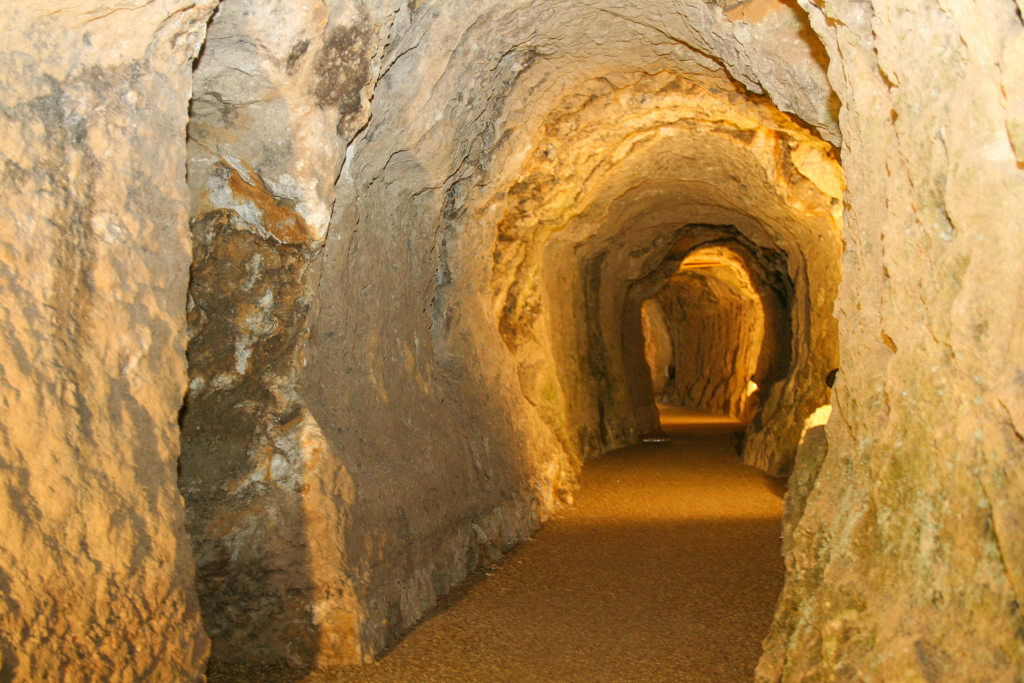
The Iwami Ginzan Silver Mine, registered as a World Cultural Heritage site in 2007, was once one of the largest silver mines in the world. This area played a crucial role in Japan’s mining history and is located in a tranquil, nature-rich mountain area, offering a quiet historical experience.
You can explore the silver mine ruins and smelting sites along the Silver Mine Road. The historic townscape of Omori District, lined with buildings from the Edo period, is also charming. The Iwami Ginzan Museum provides detailed insights into the history of silver mining and smelting.
9. Ogasawara Islands (Tokyo)
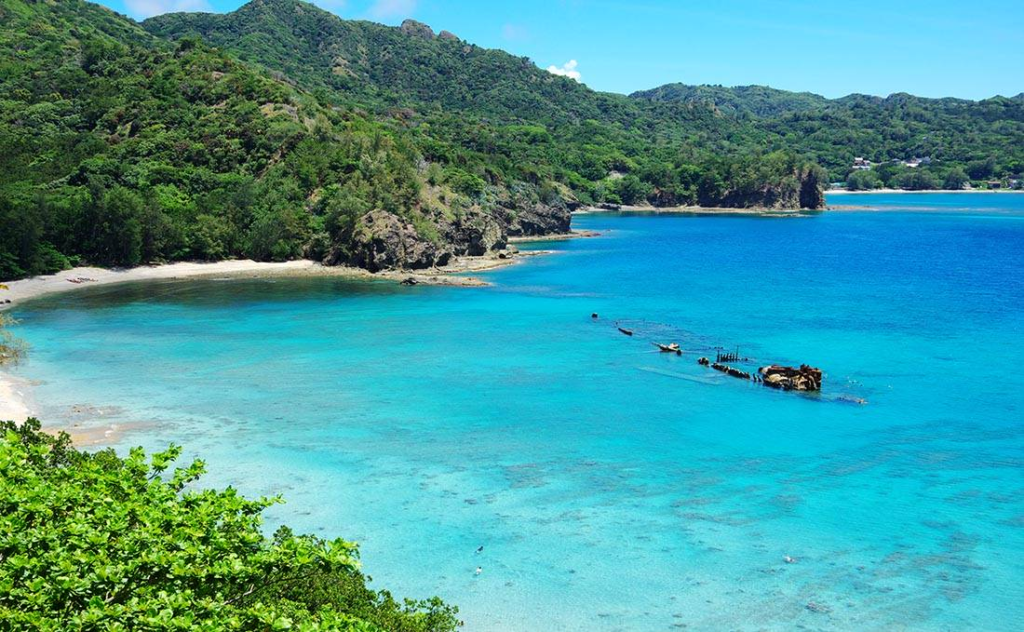
The Ogasawara Islands, registered as a World Natural Heritage site in 2011, are an archipelago in the Pacific Ocean known for their rich ecosystem and beautiful natural environment. The islands are home to many endemic species, earning the nickname “Galápagos of the East.”
On Chichijima and Hahajima islands, you can enjoy beautiful beaches, clear seas, and snorkeling or diving. Whale and dolphin watching tours are popular, offering close encounters with nature. Hiking and trekking courses are also available to explore the islands’ natural beauty.
10. Hidden Christian Sites in the Nagasaki Region (Nagasaki and Kumamoto Prefectures)
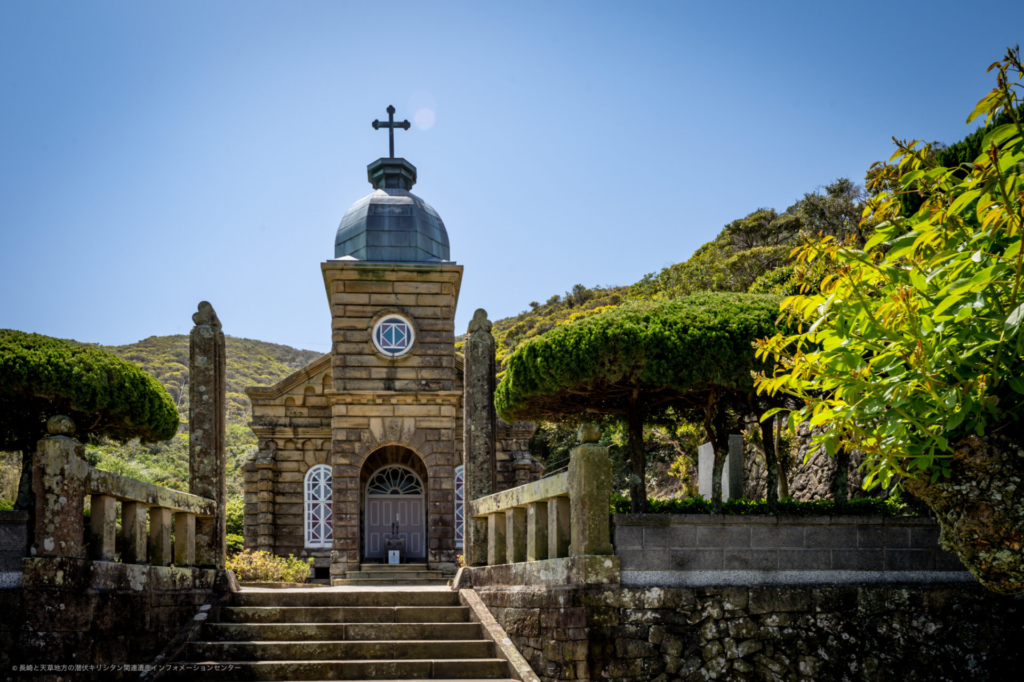
The Hidden Christian Sites in the Nagasaki Region, registered as a World Cultural Heritage site in 2018, tell the story of Christians who continued their faith in secret during the Edo period’s prohibition on Christianity.
Visiting sites such as Oura Cathedral and the ruins of Hara Castle, you can sense the faith and persecution history of the Christians. The churches in the Amakusa region are also beautiful, and the Amakusa Shirou Memorial Hall offers insights into Christian history in Japan. These sites hold significant religious history in Japan.
Conclusion
Japan’s World Heritage sites are incredibly diverse and historically valuable.
Each location’s unique story and beautiful landscapes provide deep impressions for visitors.
Use this guide to explore Japan’s World Heritage sites and experience their splendor.
A journey to feel the depth of Japanese culture and nature awaits you.

 Handn blog
Handn blog 